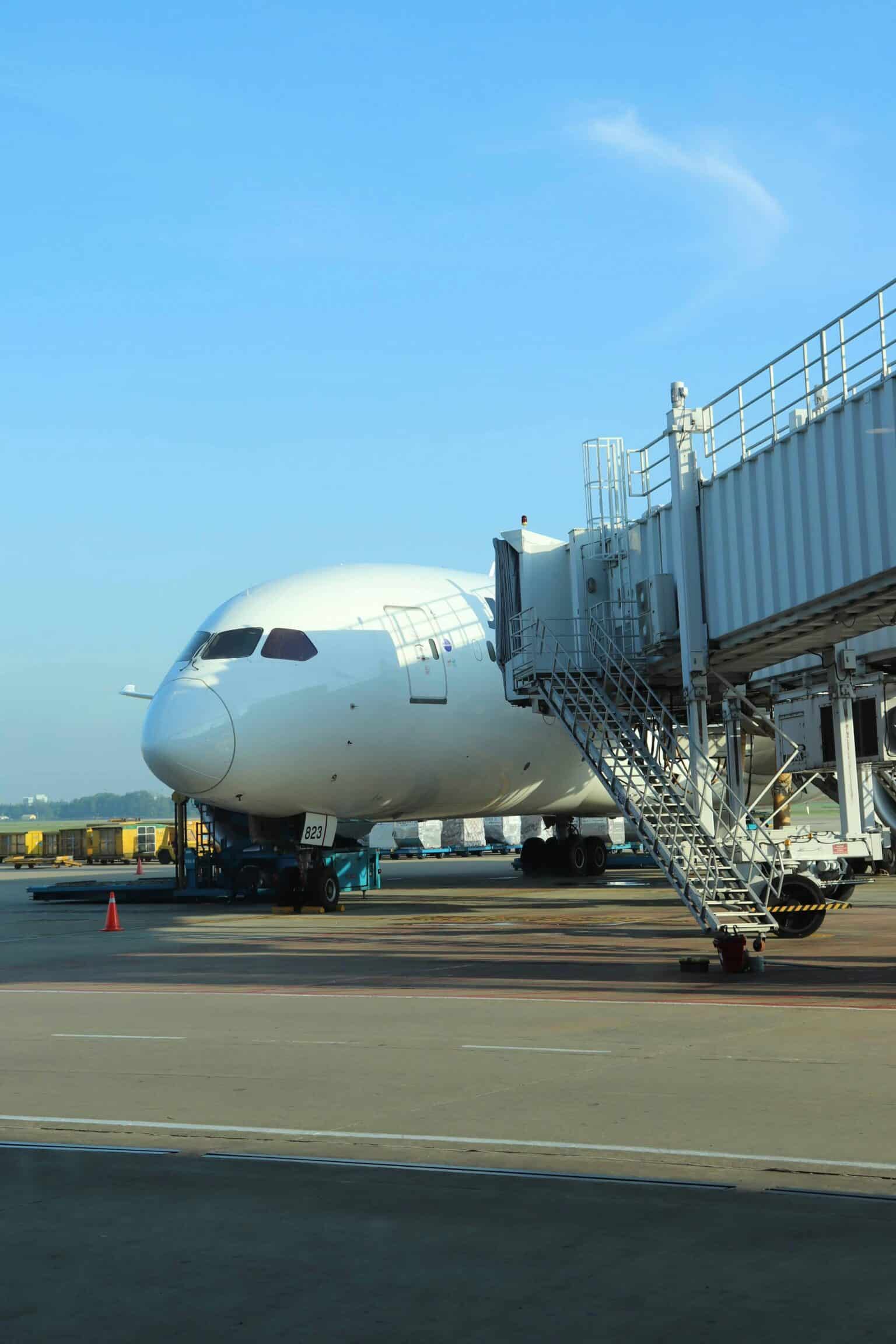Even if you haven’t heard the term “Valsalva maneuver,” you probably know what it is. It is a breathing technique used for several reasons: one reason is clearing your ears.

What Does the Valsalva Maneuver Entail?
There are only a few steps involved in the Valsalva maneuver. They are:
- Pinching your nostrils.
- Closing your mouth.
- Gently exhaling.
- Contracting the abdominal muscles as you do this.
You can maintain these steps for up to 10 to 15 seconds at a time.
What Does the Valsalva Maneuver Do?
The Valsalva maneuver can help relieve pressure in the ears by opening the Eustachian tubes, which are the passageways between the middle ear and the back of the throat. When they are blocked, it can cause a feeling of fullness in the ears due to fluid buildup and un-equalized air pressure. This can be helpful when taking off or landing at Denver International Airport.
In addition, the Valsalva maneuver can actually help restore a normal heart rhythm if your heart is beating too fast. It is able to do this because it shifts blood pressure and heart rate.
What Are the Four Phases of the Valsalva Maneuver?
The effects of the Valsalva maneuver can be divided into four phases.
Phase One
As you blow air against your closed airways and contract your abdominal muscles, the pressure in your chest increases, as blood is forced out of your heart to your limbs and the rest of your body. This can cause a temporary spike in blood pressure.
Phase Two
Next, some blood in the veins starts to return to the heart, causing a steady drop in blood pressure. Your autonomic nervous system (ANS) senses this drop and responds by increasing your heart rate and contracting your arteries. If your ANS is healthy, this will result in your blood pressure returning to a normal phase.
Phase Three
After the maneuver, you can relax and your blood pressure will continue to fall for a few moments.
Phase Four
During this phase, blood starts to rush back to the heart. Within a few heartbeats, blood flow should return to normal and blood pressure will rise once again. The result should be a normal heart rate.
Is the Valsalva Maneuver Safe?
While if performed properly, the Valsalva maneuver is safe for clearing your ears, know that exhaling too hard could potentially rupture your eardrum. This is why you should exhale gently.
Also, you should not try this technique if you have high blood pressure or at risk of heart attack or stroke. Talk to your doctor before performing if you have an arrhythmia.
For more information or to schedule an appointment with an ear expert, call Advantage ENT & Audiology today.